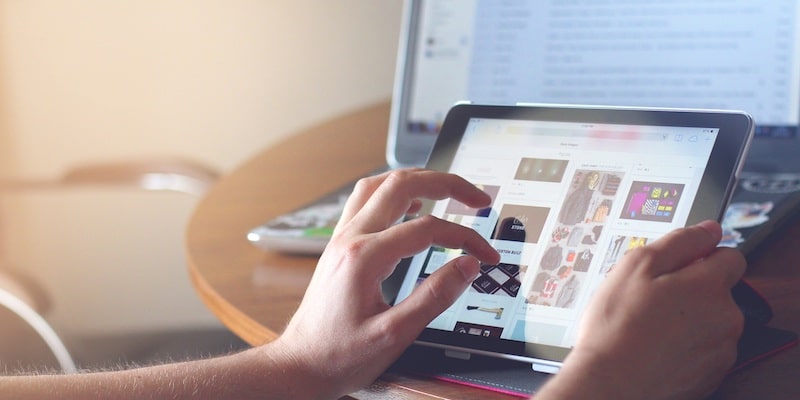This week we celebrate a special day for many of us involved in the education field. Today, February 22, is Digital Learning Day, which highlights instructional practices that effectively use technology to strengthen a student’s learning experience as well as the educators and school leaders that are working to improve student outcomes. Digital learning is also a very important part of our blended learning model.
For those unfamiliar, blended learning has its roots in digital learning and represents a fundamental shift in instruction that has the potential to tailor content delivery for each individual student in ways that traditional instruction never could.
Student-led digital learning for blended success
The first component of blended learning is that students learn at least in part through online learning with digital tools, with some element of student control over time, place, path, pace. The second component of blended learning occurs in a brick-and-mortar location away from home, and the last component includes connected modalities along a learner’s path to provide an integrated learning experience.
Component 1: Online learning Critical to the blended learning model is that students do some of their learning online. Of course, this requires technology, but it doesn’t mean that just any digital tool will do. For online learning to truly be effective, students must be in control of their education. If teachers are still providing the same instructional content using a smart board instead of a whiteboard, and students are taking notes on a Chromebook word processor rather than a notebook, then nothing has really changed. The technology used must shift at least some control over instruction or content from teachers to students. These tools can provide students control over how quickly they can progress once they master the material when they complete their work, what they decide to work on first, or where they access their materials.
Component 2: Student control of learning The second aspect of blended learning is straightforward: some type of learning must take place in a physical location outside of the students’ home. This can be a school, learning center, or computer lab. However, this means that programs such as distance learning, when students receive instruction online but never attend a physical location, are not blended.
Component 3: The online modality must connect to the brick-and-mortar modality The third component of blended learning is that if students are learning a certain topic in a blended way, the online and in-person components must work together to deliver an integrated course. To ensure this integration, many blended learning programs utilize an online system to track students’ individual progress and the work that they do online and offline, to the right level and topic.
Blended learning models can be powerful tools for teachers hoping to personalize instruction for each student, expose students to new and previously unattainable content, or pursue a wide range of other endeavors. However, these outcomes would not be possible without the digital component of blended learning.
Is your school or district implementing a blended learning model? We would love for you to share what your school is doing with us and others in our Blended Learning Universe (BLU). On the BLU, you can share your school’s blended initiatives as well as search what other schools around the country are doing with their blended learning models. The site also provides resources for those who are new to blended learning and includes a forum to ask any questions about blended learning.



